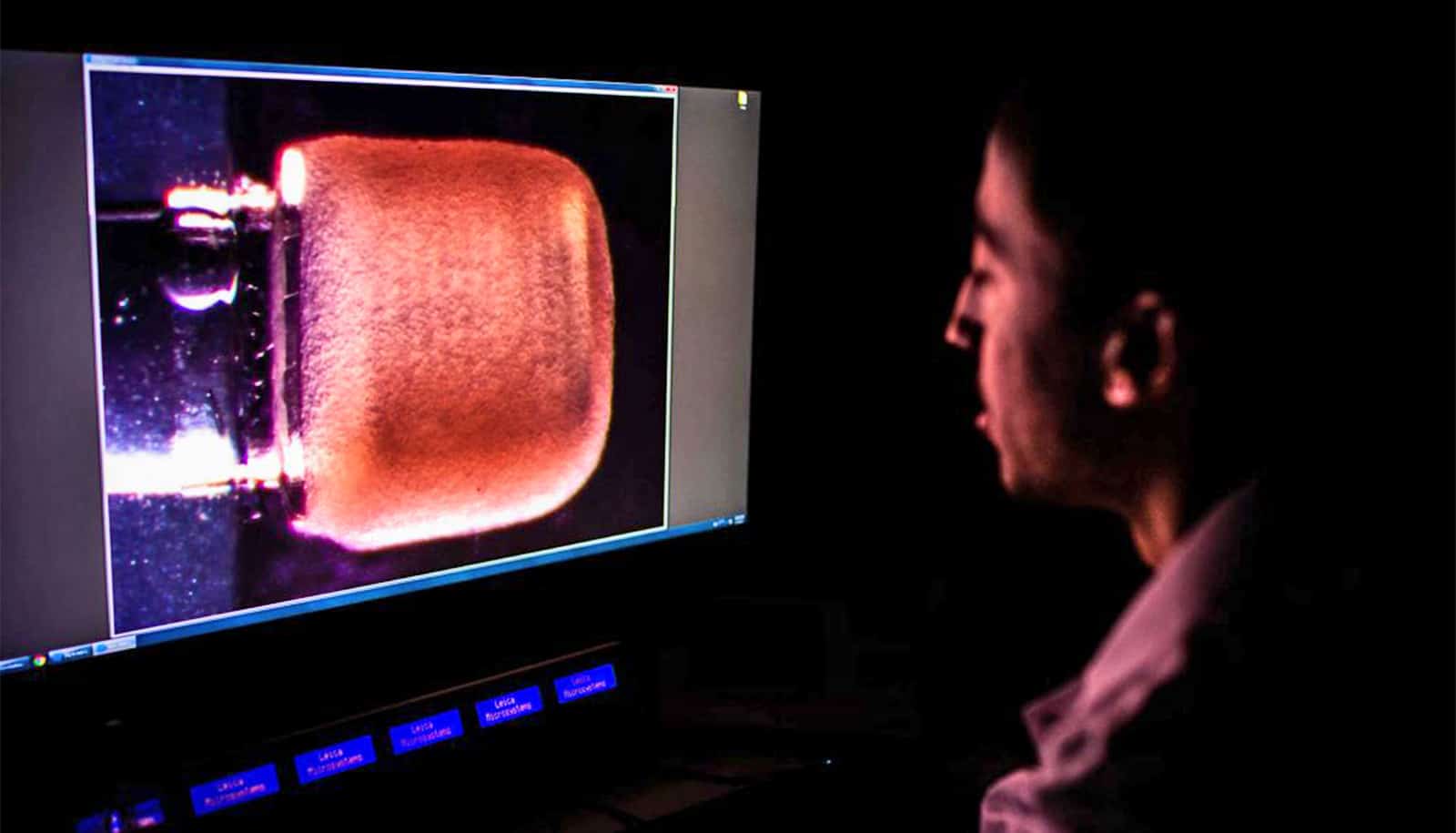
"Although 90% of cardiovascular disease is thought to be preventable, it has become the leading cause of death in the developed world," says Aitor Aguirre. "We can grow and study human hearts. This will revolutionize medical approaches to treating and preventing heart diseases and congenital conditions by helping us understand the mechanisms of disease." (Credit: Getty Images )
Team creates more realistic synthetic mini-hearts
More realistic synthetic human mini-hearts could lead to development of new therapies and drugs to treat a variety of heart-related diseases.
Thanks to advancements in the development of synthetic human-like hearts first, researchers can study human heart development and congenital heart disease on highly accurate models.
This is facilitating the development of new therapies and pharmaceutical drugs to treat a variety of heart-related diseases.
Similar in size and development to fetal human hearts, these mini heart organoids are becoming increasingly complex and realistic. The research team that created the mini hearts first published their findings in 2020. The new findings are published in Nature Communications and Stem Cell Reports .
Aitor Aguirre, associate professor of biomedical engineering and chief of the division of developmental and stem cell biology at Michigan State University’s Institute for Quantitative Health Science and Engineering, says the introduction of realistic models is essential to the discovery of effective and clinically translatable solutions to cardiovascular disease .
An estimated 21 million annual deaths are related to this condition, including disorders of the heart and blood vessels. And that number is growing.
“Although 90% of cardiovascular disease is thought to be preventable, it has become the leading cause of death in the developed world,” Aguirre says. “Thanks to advancements in stem cell technologies and bioengineering, we can grow and study human hearts. This will revolutionize medical approaches to treating and preventing heart diseases and congenital conditions by helping us understand the mechanisms of disease.
“In the future, we expect that fewer patients will need treatment and for those who do, the development of new drugs will take less time,” he says. “For congenital defects in particular, prevention is the best solution. This is why the mini heart organoids can really change the way we approach health care.”
As an example, Aguirre explains that pharmaceutical companies will pull drugs from the market if they are found to cause cardiotoxicity. To be able to predict toxicity in advance could save money, time, and reduce the risk of drug failure.
The mini heart organoids are developed with donated pluripotent stem cells from adults. Their cellular complexity and physiological relevance enable the study of human heart development and disease in a dish to a degree previously unseen.
“We created a model using these organoids to study the effects of maternal diabetes at every stage of development in the fetal heart,” Aguirre says. “This is the definition of precision medicine. We can use science to make clinical practice more precise.”
Source: Michigan State
The post Team creates more realistic synthetic mini-hearts appeared first on Futurity .
Share this article:
This article uses material from the Futurity article, and is licenced under a CC BY-SA 4.0 International License. Images, videos and audio are available under their respective licenses.
Related Articles:
Mini-heart chamber beats on its own just like the real thing
April 29, 2022 • futurityHealthy sleep may offset genetic heart disease risk
Dec. 19, 2019 • futurityLinks/images:
- https://www.futurity.org/mini-hearts-organoids-2426142-2/
- https://doi.org/10.1038/s41467-023-43999-1
- https://doi.org/10.1016/j.stemcr.2024.01.003
- https://www.futurity.org/cardiovascular-disease-artificial-intelligence-dna-2881692/
- https://www.futurity.org/congenital-heart-disease-pld1-gene-2531282/
- https://msutoday.msu.edu/news/2024/msu-researchers-create-more-realistic-synthetic-human-mini-hearts
- https://www.futurity.org/synthetic-mini-hearts-heart-disease-3181392-2/
- https://www.futurity.org


